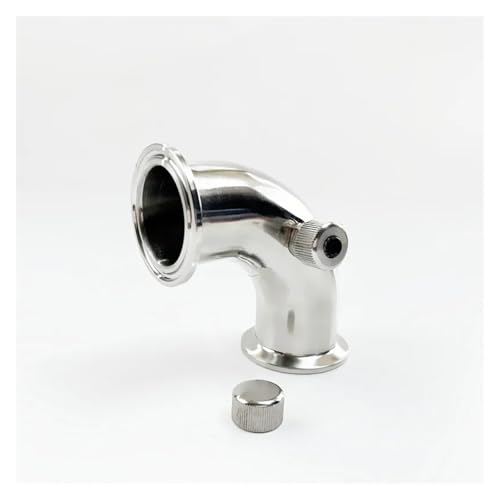Thanks for the suggestions @Sadfield , they're appreciated 
Better examples are my Porter and Stout which both have much higher proportions of dark malts, thus the tendency to under attenuate is much more noticeable.
At the last attempt my Porter for example ended up:
OG = 1.057 (Tilt)
FG = 1.023 (Tilt)
Apparent Attenuation = 60%
ABV = 4.5%
And I would add that that was pretty much as predicted according to my method/arguments. I've made it many times with different strains that attenuate a bit more/or less, but the general behaviour is always the same in both the Porter and Stout.
The only uncertainty in that case was I'm still getting a feel for how that particular strain (LVIPA) behaves. The same yeast attenuated much more "normally" in 2 pale beers (a bitter and an AIPA) I also used it in.
Aeration is the same across all my beers - kettle on the kitchen island with about a 1m drop to the bucket on the floor. The FV always ends up with 5-10cm froth on top whatever the beer so I'm pretty confident aeration isn't an issue.
Pitch rate is the same across all my beers - usually half a pack of dry yeast for ales (5.0 or 5.5g) in 11L or so unless I'm re-pitching.
Nutrient? Ok, not impossible, but like I say I can't see why it should occur only in dark beers when every other aspect of my brewing is unchanged.
For me it's a more parsimonious explanation simply that x-grams of a dark malt simply is not going to contain anywhere near as much fermentable "stuff" as pale malt.
Apologies, I should have been more specific. That particular recipe has a relatively small amount of dark malt so the effect isn't so pronounced. Nevertheless, using my method I'd confidently expect to see about FG 1.016 for 69% AA and 4.76% ABV.Using the above example, and from previous posts, you say you'd consistently get or expect <60% AA if it had Chocolate Malt in it versus Pale malt. That's a +20% drop in attenuation from changing 9% of the grist. An FG of 1.021 vs 1.013. A difference of 8 (15%) of the initial 53 gravity points.
Better examples are my Porter and Stout which both have much higher proportions of dark malts, thus the tendency to under attenuate is much more noticeable.
At the last attempt my Porter for example ended up:
OG = 1.057 (Tilt)
FG = 1.023 (Tilt)
Apparent Attenuation = 60%
ABV = 4.5%
And I would add that that was pretty much as predicted according to my method/arguments. I've made it many times with different strains that attenuate a bit more/or less, but the general behaviour is always the same in both the Porter and Stout.
The only uncertainty in that case was I'm still getting a feel for how that particular strain (LVIPA) behaves. The same yeast attenuated much more "normally" in 2 pale beers (a bitter and an AIPA) I also used it in.
Not impossible, but why should that be the case when, and only when, I open a bag of dark malt?Looking from the outside, to me, that suggests that your yeast is giving up early. It might be worthwhile looking a wort aeration, pitch rate and nutrient additions.
Aeration is the same across all my beers - kettle on the kitchen island with about a 1m drop to the bucket on the floor. The FV always ends up with 5-10cm froth on top whatever the beer so I'm pretty confident aeration isn't an issue.
Pitch rate is the same across all my beers - usually half a pack of dry yeast for ales (5.0 or 5.5g) in 11L or so unless I'm re-pitching.
Nutrient? Ok, not impossible, but like I say I can't see why it should occur only in dark beers when every other aspect of my brewing is unchanged.
For me it's a more parsimonious explanation simply that x-grams of a dark malt simply is not going to contain anywhere near as much fermentable "stuff" as pale malt.





















![BREWING THERMOMETER STICKERS ACCURATELY MONITOR FERMENTING BEER & WINE LIQUID TEMPERATURES 5PCS HOME BREW SPIRITS WINE LCD ADHESIVE [US]](https://m.media-amazon.com/images/I/311DDjo2X3L._SL500_.jpg)





















